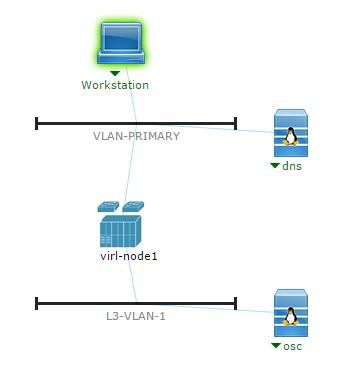Overview
The Cisco Open SDN Controller (OSC) is a commercial distribution of OpenDaylight that delivers business agility through the automation of standards-based network infrastructure. Built as a highly scalable software-defined networking (SDN) platform, OSC mitigates the complexity of managing heterogeneous networks to improve service delivery and reduce operating costs.
With OSC, you can integrate business applications with the underlying network devices using northbound REST APIs. The REST APIs provide a list of supported base network functions, which are agnostic to the underlying network device manufacturer. This sandbox environment uses Postman to run the OSC REST APIs.
Check it out here: Cisco Open SDN Controller 1.2 with 8 Nodes Sandbox v1
Scenarios
- Scenario 1: Access OSC
- Scenario 2: Explore OSC Features
Requirements
Components
- Open SDN Controller host at 198.18.1.25
- Includes Cisco Open SDN Controller 1.2
- VIRL at 198.18.134.1
- Pre-populated with an XR image
- Start simulations through VM Maestro
- Upload new images through the User Workspace Admin interface
- Actual VIRL CLI access is blocked
- PC Workstation at 198.18.133.252
- Includes PuTTY with shortcut for OSC host
- VM Maestro with working VIRL file
- Google Chrome with some extensions and Postman
Features
| OSC | - Integrate business applications with the underlying network devices using northbound REST APIs.
- Add your own new network service functions through JAVA APIs to deliver custom controller capabilities.
- The southbound REST API connects the controller to the network devices to run commands from your applications through a model-driven abstraction layer.
|
|---|
| Cisco VM Maestro | - Flexible network layout and connections.
- Intuitive interface for creating network configurations.
- Run user interface locally and perform computations in the cloud.
|
|---|
| Cisco VIRL | - Virtual environment for building network topologies.
- Simulation of networking components.
- Capable of supporting a range of virtual machines (VMs) running Cisco operating systems (IOS-XE, IOS Classic, IOS-XR, and NX-OS).
- Support for third-party VMs.
- Capture and analyze network traffic at any node.
- Validate configurations prior to physical deployment.
|
|---|
Topology
